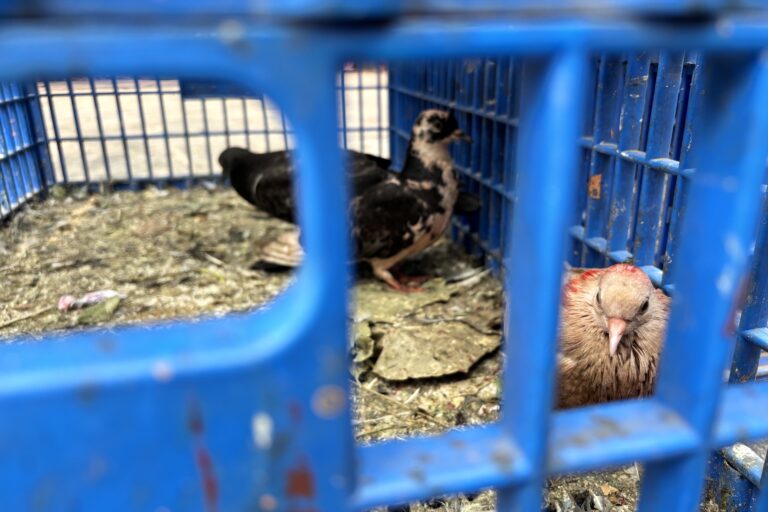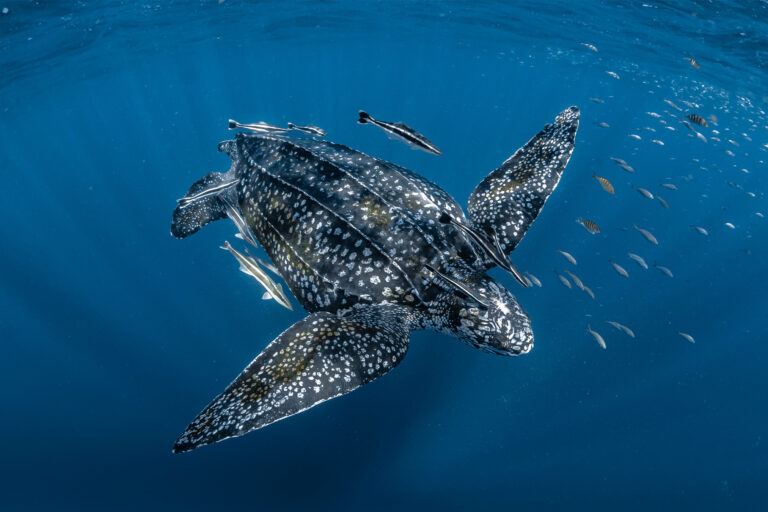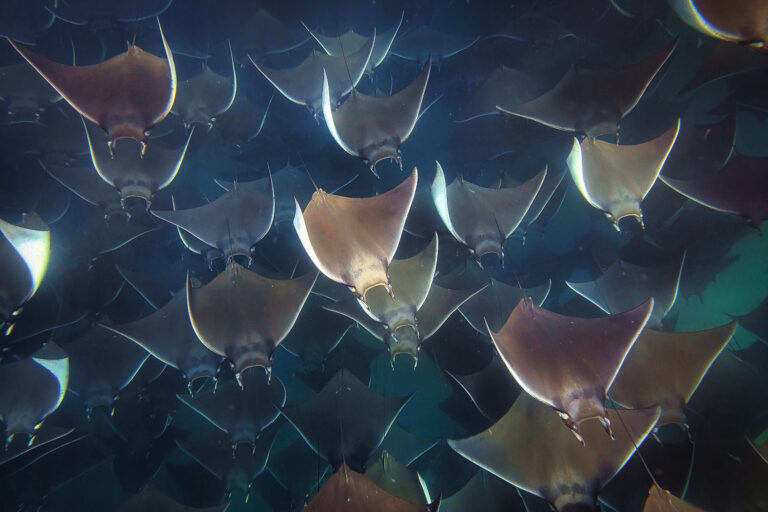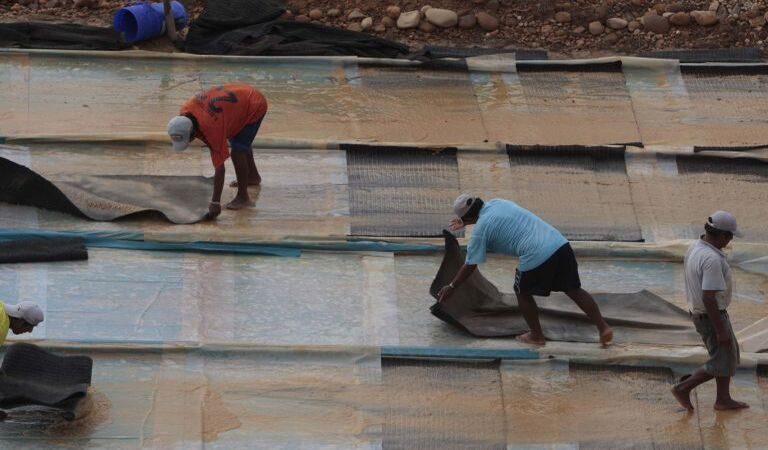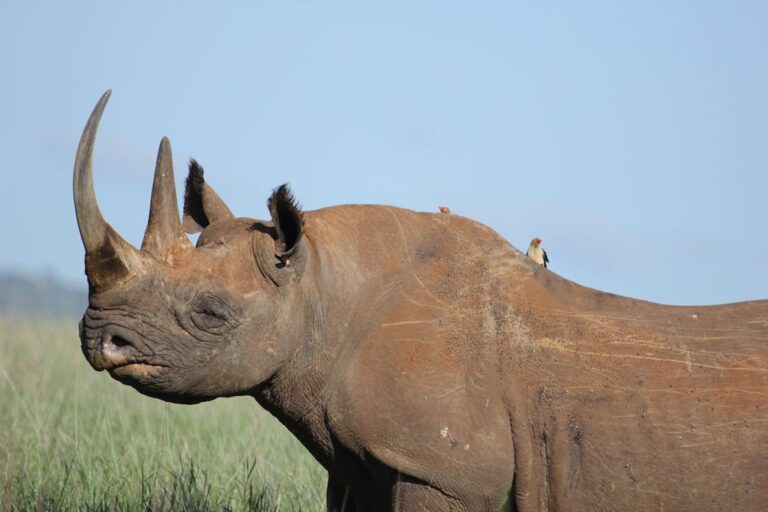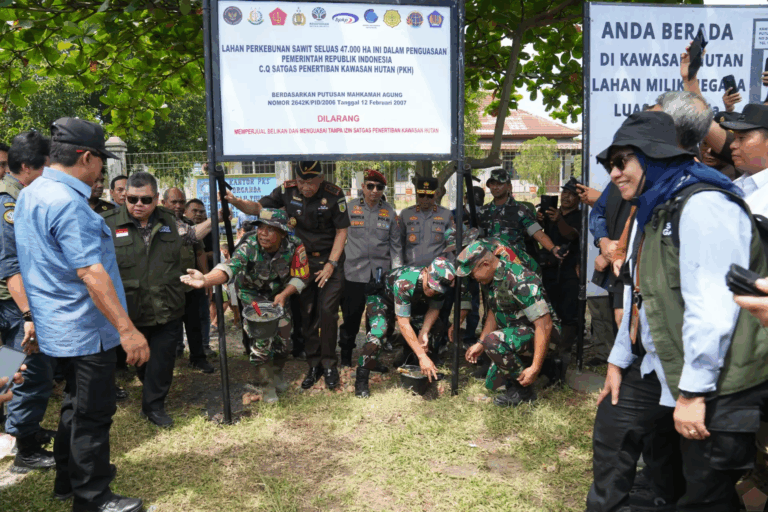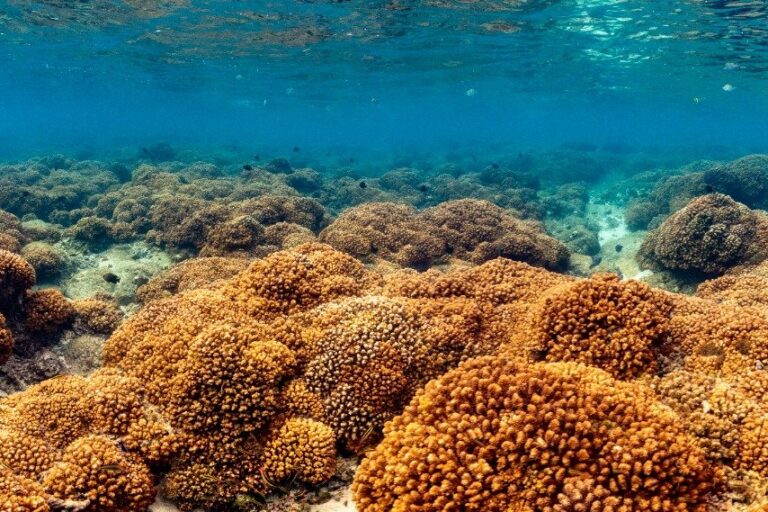In December 2024, Denmark embarked on an ambitious plan to cut carbon emissions and restore 250,000 hectares (617,763 acres) or almost 6% of the country into forested area. One local initiative is afforesting agricultural land in Aarhus municipality, home to the country’s second-largest city, where nature is being allowed to take its course — with some help.
Biologist Peter Søgaard, Aarhus municipality’s afforestation project manager, told Mongabay that in Vilhelmsborg, an area south of Aarhus city, 300 hectares (741 acres) of municipal-owned agricultural land has been parceled out for rewilding.
Existing trees on this land will be left to naturally disperse seeds and establish a new forest ecosystem, instead of traditional afforestation where seedlings are actively planted to create a new forest.
Natural regeneration or afforestation by natural colonization is commonly used to restore degraded tropical forests or to forest abandoned agricultural land. But in Denmark it’s been “barely tested,” said Mikael Kirkebæk of the Danish Climate Forest Fund (Klimaskovfonden), a government initiative working with the municipality to fund and afforest the southern portion of the land.
Researchers have found that natural colonization of previously cultivated fields in Denmark leads to more native, insect-pollinated and bird-dispersed tree species compared to land where trees are actively planted.
In Vilhelmsborg’s afforestation, the first step was to allow water to return to the surface of the farmlands and create streams, Søgaard said. Denmark has a long history of converting wetlands into farms by draining the water out using an extensive network of underground drainage pipes. “So instead of having the water being sucked down under the surface through these drain pipes, we demolish all the drain pipes and bring the water back to the surface,” Søgaard said.
He added they’ve also recently dug up the land to create meanders to help slow the water flow. Subsequently, the municipality plans to construct a lake to help attract birds.
Meanwhile, Kirkebæk and his team are figuring out whether to also plant some saplings — mostly of fast-growing native species such as birch and oak — in one half of the area, while leaving the rest, which will be plowed and tilled to prepare the soil, to naturally regenerate.
Kirkebæk added the project will eventually serve as a model of natural afforestation that they hope to implement in other areas. “We’re breaking new ground here,” he said, adding that government officials have expressed openness to the new process and the changing of policies in support of biodiversity.
The afforestation project in Vilhelmsborg is still in its infancy and there’s a lot of uncertainty with how the forest and streams will eventually turn out. But the experts said they hope their experiment will succeed in bringing back a wide variety of species to the area, from green tree frogs to trout.
Banner image of stream restoration being done in Aarhus, Denmark. Image courtesy of Casper Tybjerg/TTF.







